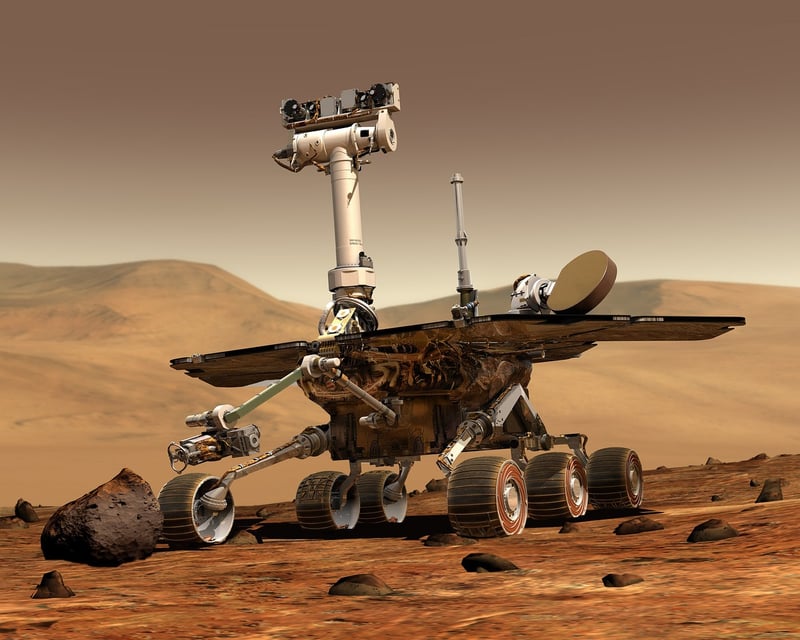Alien Life Search
Exploring Beyond Our Solar System: The Search for Alien Life
Humans have long pondered the possibility of life beyond our solar system. With advancements in technology and science, the quest to discover extraterrestrial life has become more feasible than ever before.
The Search for Exoplanets
One of the key components in the search for alien life is the discovery of exoplanets. These planets orbit stars outside of our solar system and could potentially harbor life. Scientists use various methods, such as the transit method and radial velocity method, to detect these distant worlds.

The Habitable Zone
Within each solar system, there exists a habitable zone where conditions may be just right for life to exist. This Goldilocks zone is neither too hot nor too cold, allowing for the presence of liquid water – a crucial ingredient for life as we know it.
The Search for Signs of Life
Scientists are exploring various avenues to detect signs of alien life. From studying the atmospheres of exoplanets for biosignatures to listening for radio signals from intelligent civilizations, the search for extraterrestrial life is a multi-faceted endeavor.
The Role of Technology
Advancements in technology have revolutionized the way we search for alien life. Powerful telescopes like the James Webb Space Telescope and the upcoming Extremely Large Telescope provide us with unprecedented capabilities to study distant worlds and potentially detect signs of life.

Conclusion
As we venture beyond our solar system in search of alien life, the possibilities are both thrilling and humbling. While we have yet to make definitive contact with extraterrestrial beings, the quest to explore the cosmos and unlock its mysteries continues to drive scientific discovery and fuel our imagination.
Stay tuned as we delve deeper into the cosmos in search of answers to one of humanity's greatest questions: Are we alone in the universe?
